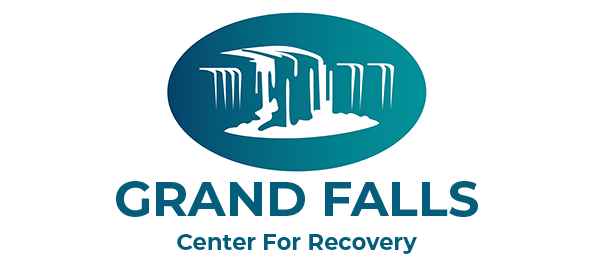Living with Borderline Personality Disorder (BPD) is a journey that demands resilience and a comprehensive approach to mental health care. When the complexities of BPD coincide with the challenges of substance abuse, the need for holistic support becomes imperative. We aim to unveil the intricate relationship between BPD and substance abuse, offering strategies for managing this dual diagnosis with compassion and clinical precision.
The Intersection of BPD and Substance Abuse
Borderline Personality Disorder is characterized by unstable moods, behaviors, and relationships. People diagnosed with BPD often experience intense emotions, have difficulty regulating these feelings, and may exhibit impulsive behaviors. Substance abuse, a common comorbidity, can stem from these struggles as individuals seek relief or escape. Therefore, it’s crucial to recognize that individuals coping with BPD may turn to substances as a way to manage their emotional turmoil, risking a deeper spiral into addiction.
Understanding the causality is vital. The impulsive nature of BPD often leads to rash decisions, including the initiation of substance use, primarily if one’s surroundings are conducive to this behavior. Additionally, the desire to alleviate the constant emotional upheaval can lead to self-medication—using drugs or alcohol to dampen the intensity of their feelings. Recognizing that substance abuse is often a symptom, and not just a co-occurring disorder, is fundamental to effective treatment.
Creating a Supportive Ecosystem
Community and familial support are invaluable in the recovery process for individuals with BPD and co-occurring substance abuse. Building a support network that understands the complexities of BPD is vital. Encouraging loved ones to participate in therapy or support groups can help them offer informed and empathetic support. Creating a judgment-free zone where individuals can express themselves without fear of stigma or warning can make a significant difference in their recovery journey.
Moreover, professional support through psychoeducation and cognitive-behavioral therapy can provide much-needed tools for managing symptoms and the triggers that lead to substance abuse. Inpatient and outpatient programs tailored to the dual diagnosis offer a structured environment where individuals can address their mental health and addiction simultaneously, allowing for a more comprehensive and efficient recovery process.
Embracing Holistic Therapies
The limited efficacy of traditional methods in treating BPD and substance abuse highlights the importance of incorporating holistic approaches into the treatment plan.
Some of these holistic therapies include:
- Mindfulness-based practices such as yoga and meditation can help individuals regulate their emotions and reduce impulsivity.
- Art therapy allows for non-verbal expression, which can be helpful for individuals who struggle to articulate their feelings.
- Animal-assisted therapy can provide a sense of comfort and support, especially for those with attachment issues.
- Nutrition therapy can address deficiencies and imbalances that may contribute to mood instability.
Holistic practices not only provide an outlet for expression and relaxation but also foster a sense of empowerment and control—a much-needed antidote to the chaos often felt by those with BPD.
Medication Management
Although medication is not a cure, it plays a significant role in managing the symptoms of BPD. For those with co-occurring substance abuse, the decision to use medication must consider the risk of addiction. However, it’s crucial to note that not all individuals with BPD will develop substance abuse problems, and therefore, the benefits of medication should be weighed against the potential risks.
Medication for BPD typically revolves around mood stabilizers, antidepressants, and antipsychotics. These drugs, when used in conjunction with therapy, can help reduce the severity of mood swings and impulsivity associated with BPD, potentially lessening the desire to self-medicate with substances. Medication management should be a collaborative effort between the individual, their family, and their healthcare provider, with open communication about goals and concerns.
Overcoming Barriers to Treatment
There are various barriers that individuals with BPD and substance abuse face when seeking treatment. These can include financial constraints, the stigma surrounding mental illness, and a lack of understanding or support from healthcare professionals. It’s essential, therefore, to advocate for improved access to integrated treatment programs that address both BPD and substance abuse concurrently.
Additionally, addressing the stigma associated with BPD and substance abuse is crucial for creating an environment where individuals can seek and receive help without judgment. Public education campaigns and promoting positive narratives can go a long way in reducing the fear and discrimination that can prevent individuals from reaching out for treatment.
Contact Grand Falls Center for Recovery Today
At Grand Falls Center for Recovery, we understand the complexities of BPD and co-occurring substance abuse. Our integrated treatment approach addresses both conditions simultaneously, providing personalized care that focuses on each individual’s unique needs.
Contact us today to learn more about our programs and how we can support you or a loved one on the journey toward recovery. Remember, there is hope for a brighter future, and we are here to help guide you towards it.

